The Impact of Plastic Pollution on Marine Life: Plastic pollution has emerged as one of the most pressing environmental issues of our time, particularly affecting marine ecosystems. Millions of tons of plastic waste enter the oceans every year, the implications for marine life are dire and far-reaching. This article explores the significance of plastic pollution on marine life, highlights its harmful effects, sources of plastic waste and possible solutions.
Understanding plastic pollution:
Plastic pollution refers to the accumulation of plastic products in the environment, especially in the oceans, where they can persist for hundreds of years. Types of plastic found in the marine environment include microplastics (small plastic particles less than five millimeters in size), macroplastics (large plastic items such as bottles and bags), and even abandoned fishing gear, which can entangle marine life.
Plastic is a source of pollution:

The primary sources of plastic pollution in the oceans include:
Land-based sources: A significant portion of plastic waste is generated from land, primarily from urban areas. Unmanaged waste, littering, and inadequate recycling systems contribute to plastic entering waterways and ultimately the ocean.
Marine Activities: Fishing activities, shipping and tourism also contribute to marine plastic pollution. Ghost nets, discarded fishing gear and plastic waste from ships can have devastating effects on marine ecosystems.
Microplastics: These tiny particles are often derived from larger plastic items that break down due to sun exposure, wave action and other environmental factors. They can also come from products such as cosmetics, clothing and industrial processes, eventually finding their way into the ocean.
Effects on marine life:
The impact of plastic pollution on marine life is profound and multifaceted:
- Ingestion and entanglement
Marine animals, including fish, seabirds and mammals, often mistake plastic for food. If ingested, plastic can cause physical harm, malnutrition and even death. Sea turtles, for example, are known to eat plastic bags, mistaking them for jellyfish. Additionally, large plastic items can entangle marine animals, restricting their movement and leading to injury or death. - Habitat degradation
Plastic pollution contributes to habitat degradation, especially in sensitive environments such as coral reefs and mangroves. Plastic can burn corals, block sunlight and disrupt the delicate balance of these ecosystems, ultimately leading to a decline in biodiversity. - Chemical pollution
Ocean plastics can leach harmful chemicals into the water, affecting marine life. Many plastics contain additives such as phthalates and bisphenol A (BPA), which can disrupt the endocrine system of animals. Additionally, plastics can absorb toxic contaminants from water, increasing toxicity to animals that ingest them. - Microplastics and the food chain
Microplastics pose a significant threat because they are ingested by small marine organisms, including plankton. This consumption can cause plastic to accumulate in the food chain, affecting large fish, marine mammals and even humans who eat seafood. Studies have shown that microplastics can negatively affect the growth, reproduction and survival rates of marine species.
Dealing with Plastic Pollution on Marine Life crisis:

While the issue of plastic pollution may seem overwhelming, there are effective strategies to combat its impact on marine life:
- Reduce the use of plastic
One of the most effective ways to combat plastic pollution is to reduce our reliance on single-use plastics. Governments, businesses and individuals can promote alternatives such as reusable bags, bottles and containers. - Improved waste management
Improving waste management systems is crucial to prevent plastic from entering waterways. This includes better recycling programs, waste collection and public education on responsible disposal practices. - Legal system
Governments can implement policies that regulate plastic production and use, including bans on certain single-use plastics and incentives for businesses to adopt sustainable practices. - Clean-up initiative
Community-driven cleanup efforts can help remove plastic waste from beaches and coastal areas. Organizations and volunteers can work together to organize clean-up events, raising awareness about the importance of protecting marine ecosystems.
The impact of plastic pollution on marine life is an important environmental issue that requires immediate action. By understanding its origins, impacts and potential solutions, we can work to protect our oceans and the diverse life they support. As individuals, communities and governments, we must unite to fight plastic pollution and protect our planet for future generations.
Read Also: The Water Crisis
![]()

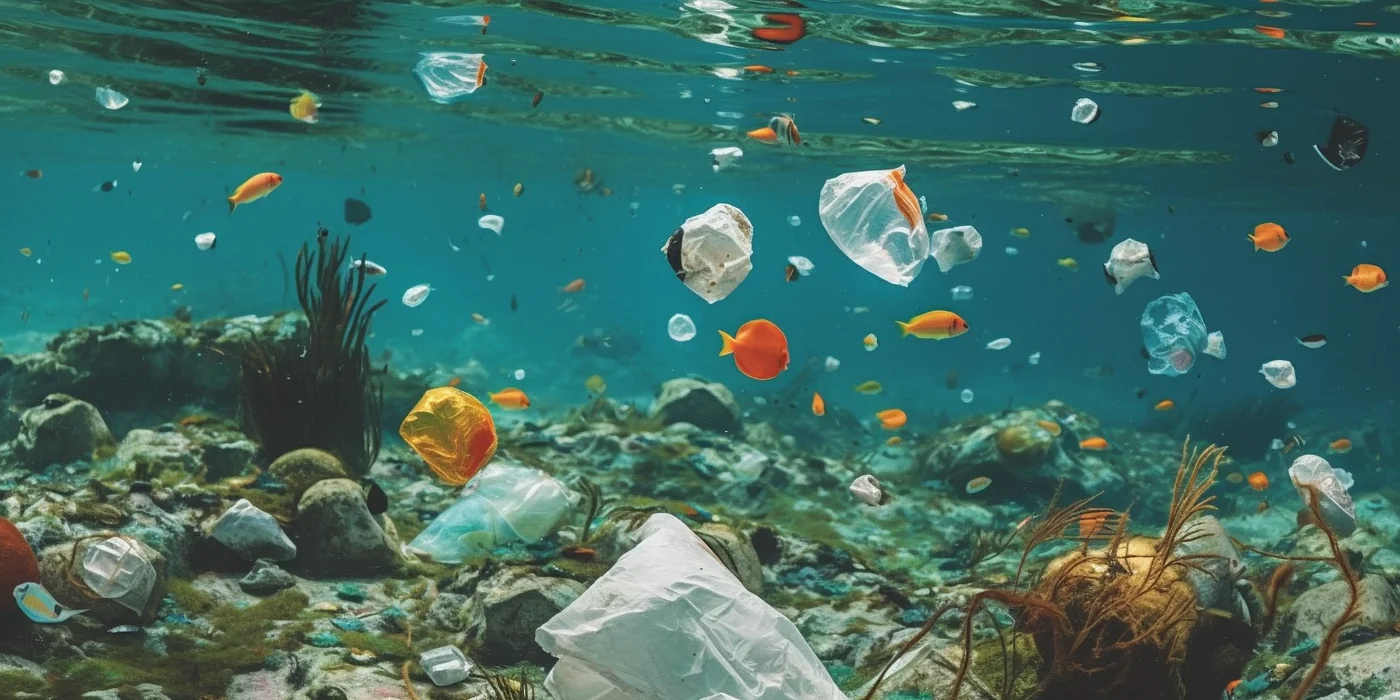
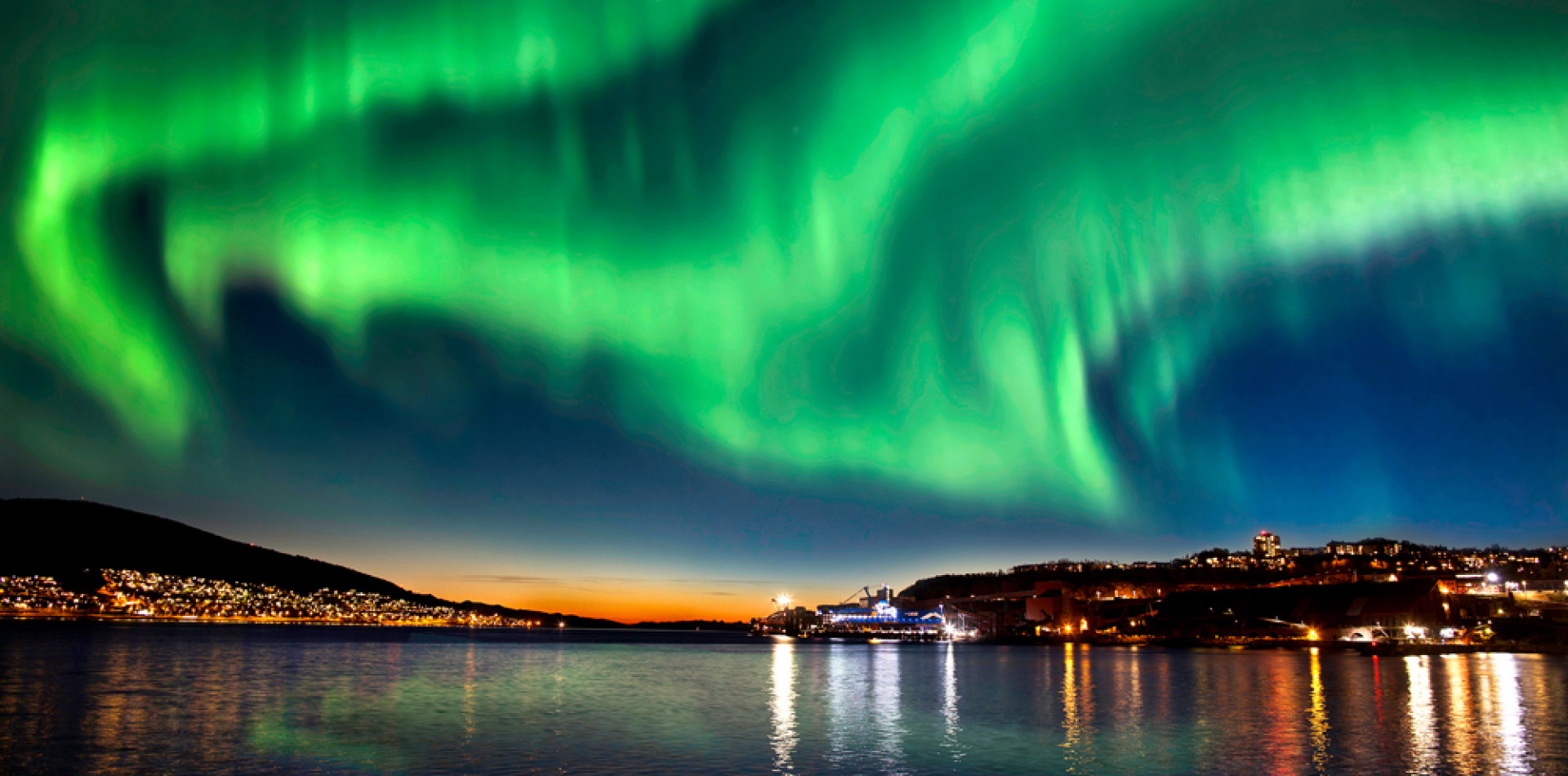
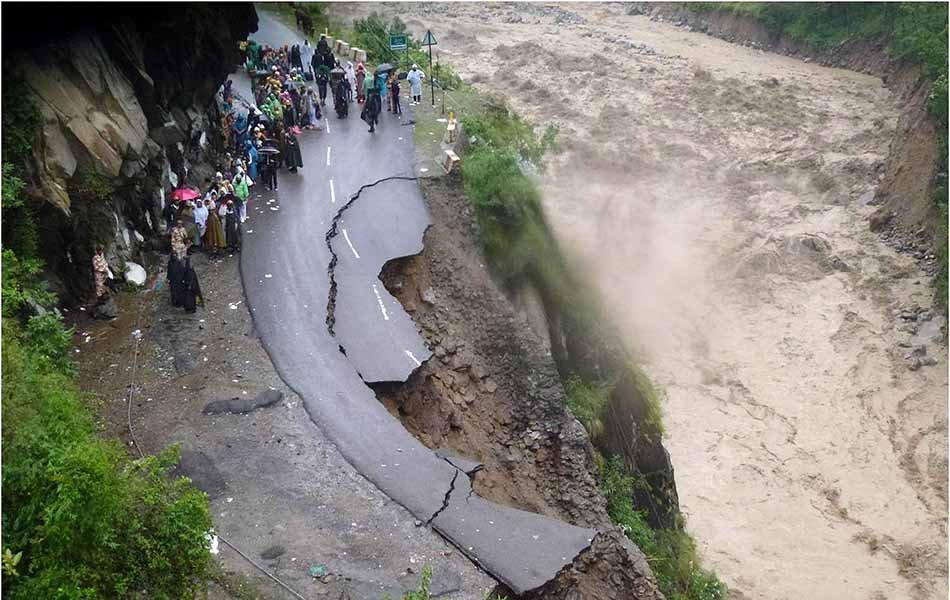
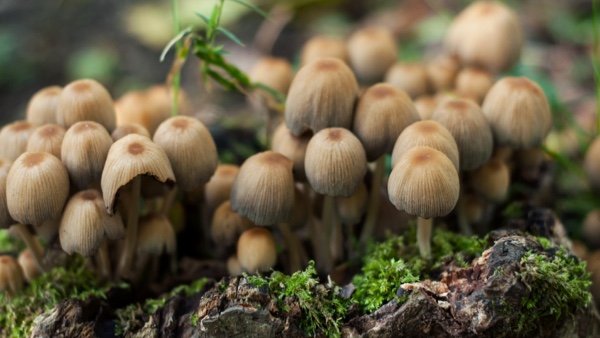
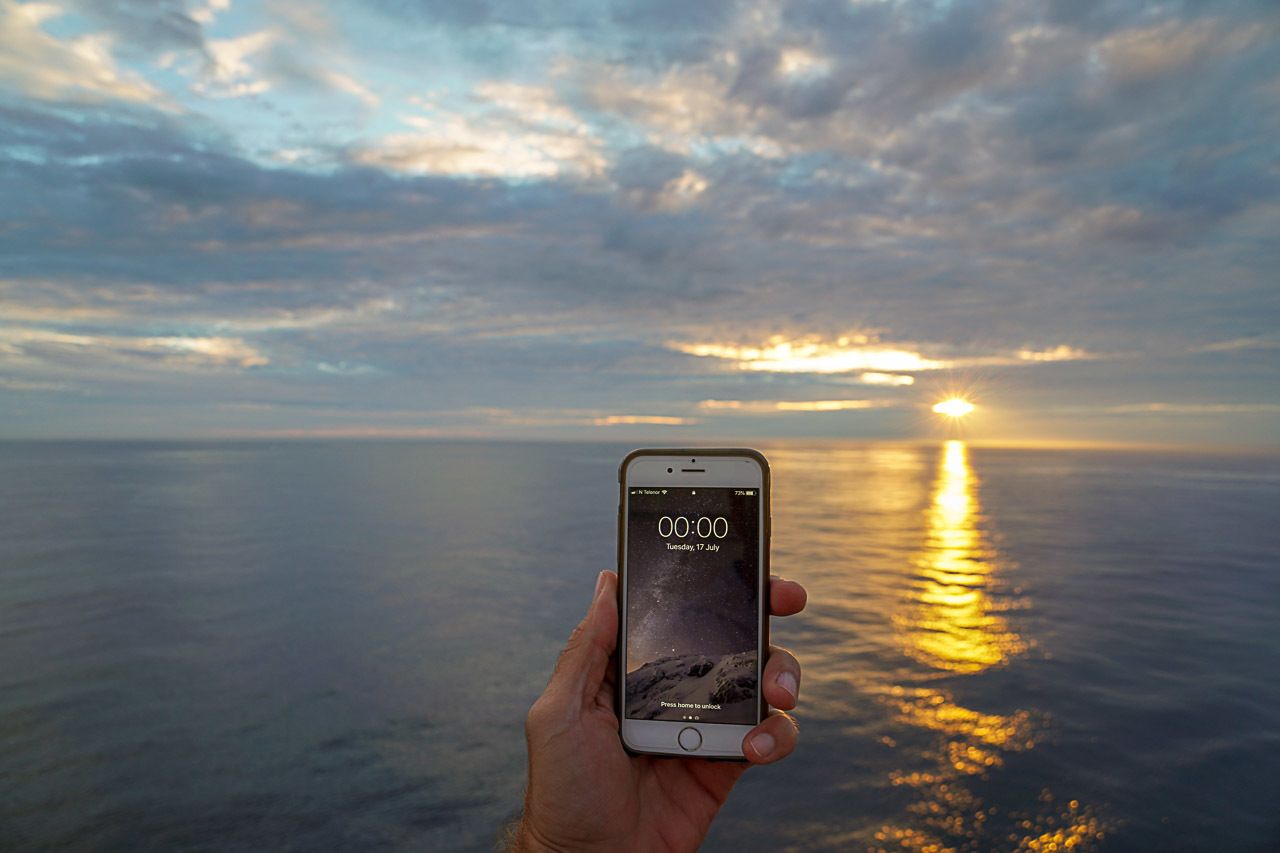
One thought on “The Impact of Plastic Pollution on Marine Life”